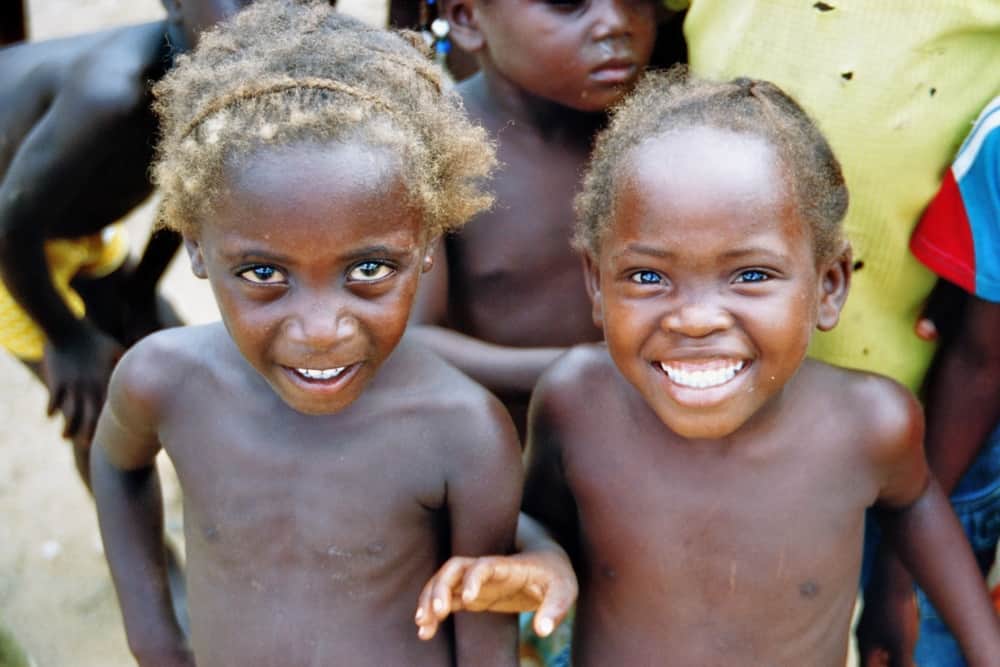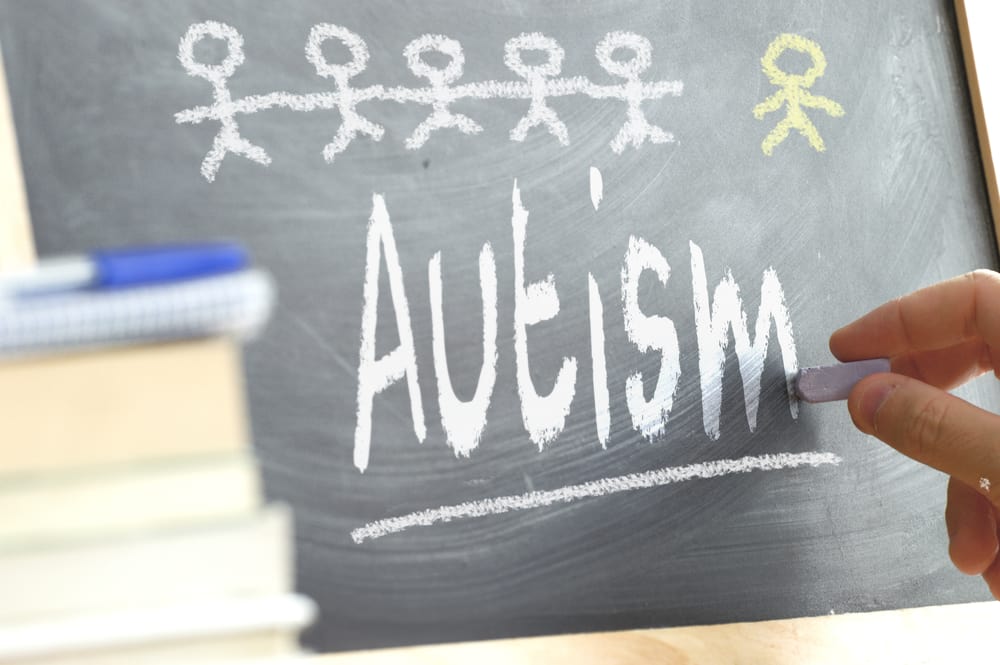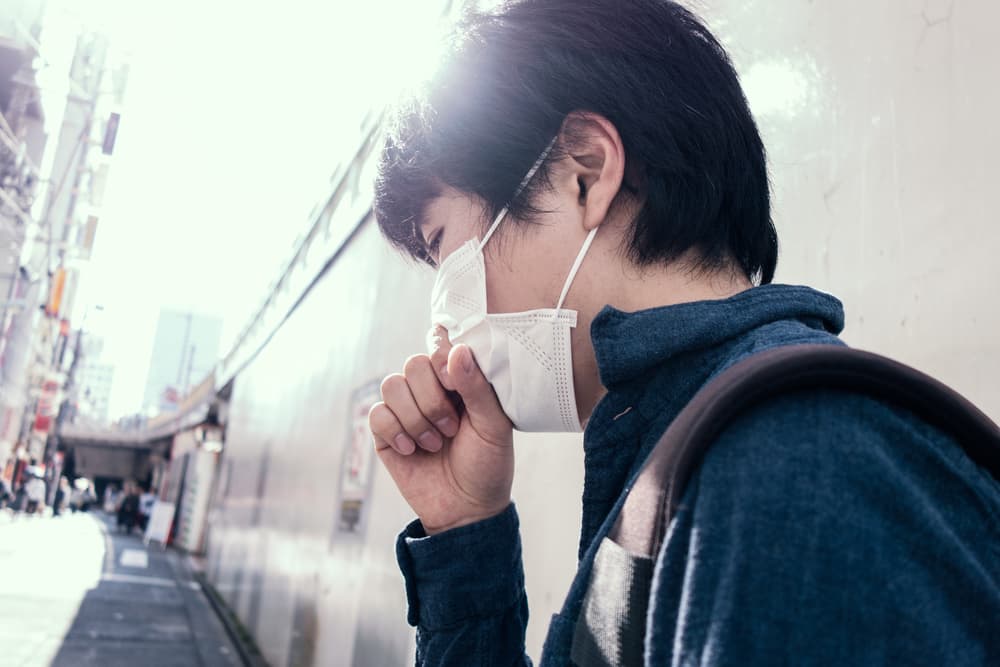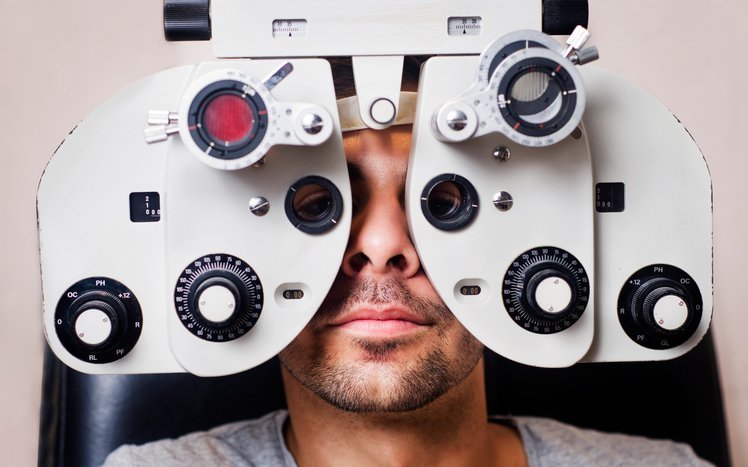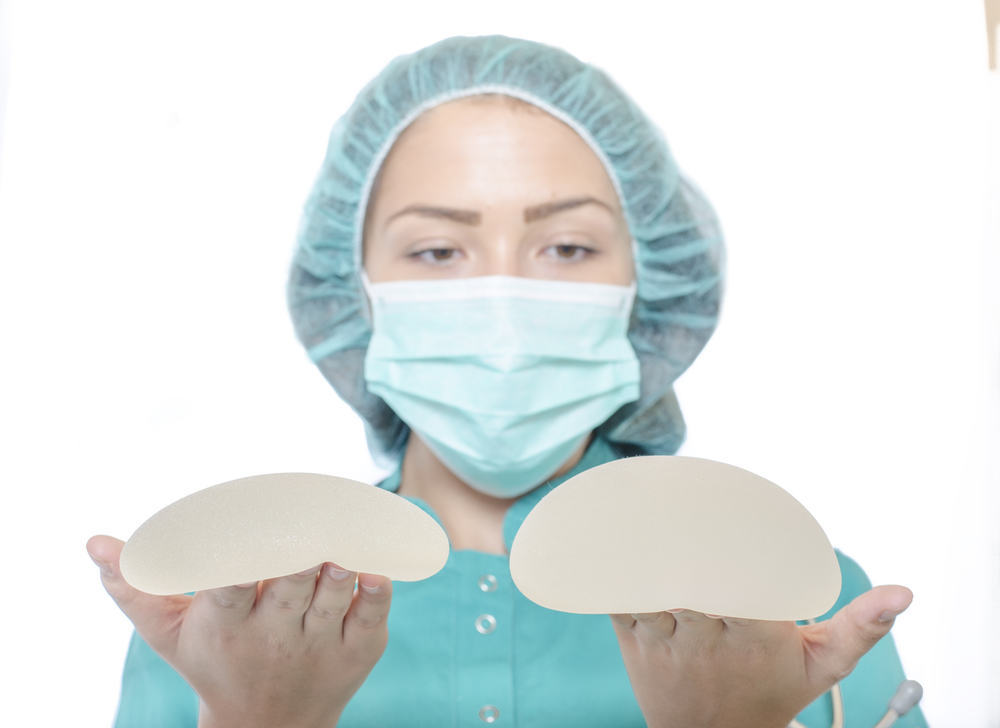Contents:
- Medical Video: The Cost of Color: The Health and Social Consequences of Skin Color for People Today
- Is that kwashiorkor or malnutrition?
- Why can a child have a kwashiorkor?
- Symptoms that are seen if the child has kwashiorkor
- How is kwashiorkor diagnosed?
- Child care and treatment
Medical Video: The Cost of Color: The Health and Social Consequences of Skin Color for People Today
Kwashiorkor is a form of malnutrition or malnutrition that often occurs in children in developing countries. Poverty and lack of food are the two main causes. Children need adequate nutrition for support its growth and development. No wonder children have high nutritional requirements. However, this high nutrient requirement is sometimes not in line with the fulfillment of nutrition for the child. As a result, children can suffer from malnutrition.
Is that kwashiorkor or malnutrition?
Kwashiorkor is also known as edematous malnutrition, because the common symptoms seen are edema or buildup of fluid in the body. Especially in the ankle and stomach area.
Kwashiorkor is a nutritional disorder that is most often seen in areas that experience hunger. This is one form of malnutrition caused by a lack of protein in food. People who have a kwashiorkor usually have a very thin appearance in all parts of the body except the ankles, legs and stomach which swells with fluid.
Why can a child have a kwashiorkor?
Kwashiorkor is caused by a lack of protein intake in food. In fact, every cell in your body contains protein, which is used to repair damaged cells and form new cells. A healthy human body regenerates cells in this way continuously. If the body lacks protein, normal body growth and function will begin to be hampered, and this malnutrition can also occur.
Limited food supply often occurs in developing countries during times of famine caused by natural disasters, such as droughts or floods, even during political unrest.
Lack of knowledge of nutrition and regional dependence on a low protein diet can also cause this condition.
Symptoms that are seen if the child has kwashiorkor
Signs and symptoms that can be seen in children who have malnutrition include:
- Hair color changes and texture becomes reddish yellow (rust) and dry, brittle or fall out
- Changes in skin pigments, visible rashes (dermatitis)
- Limp and pale
- Loss of muscle mass
- Diarrhea
- Edema (swelling) of the ankles, legs and stomach.
- Failure to grow or gain weight
- Immune system damaged, which can cause infection more frequent and severe.
- Easy to get angry
- Shock
How is kwashiorkor diagnosed?
If your child has some symptoms of this disease, the doctor will first check the weight, height and examination enlargement of heart (hepatomegaly) and swelling of parts of the body.
Next, blood tests and urine tests are needed to measure the levels of protein and sugar in your child's blood. This test can look for muscle damage and assess kidney function, overall health, and child growth status. The examination in question includes:
- Arterial blood gas
- Blood Urea Nitrogen (BUN)
- The content creatinine blood
- Blood potassium level
- Urinalysis
- Complete blood count (CBC)
Child care and treatment
Most children who have a kwashiorkor can recover completely if they are treated earlier. Treatment is done by introducing extra calories and protein into food. Children with kwashiorkor may not be able to grow or develop properly and can remain hampered for the rest of their lives.
There are serious complications if you don't get treatment quickly or delayed, such as coma, shock, and permanent mental and physical disability. Kwashiorkor can also be life threatening if not treated.

